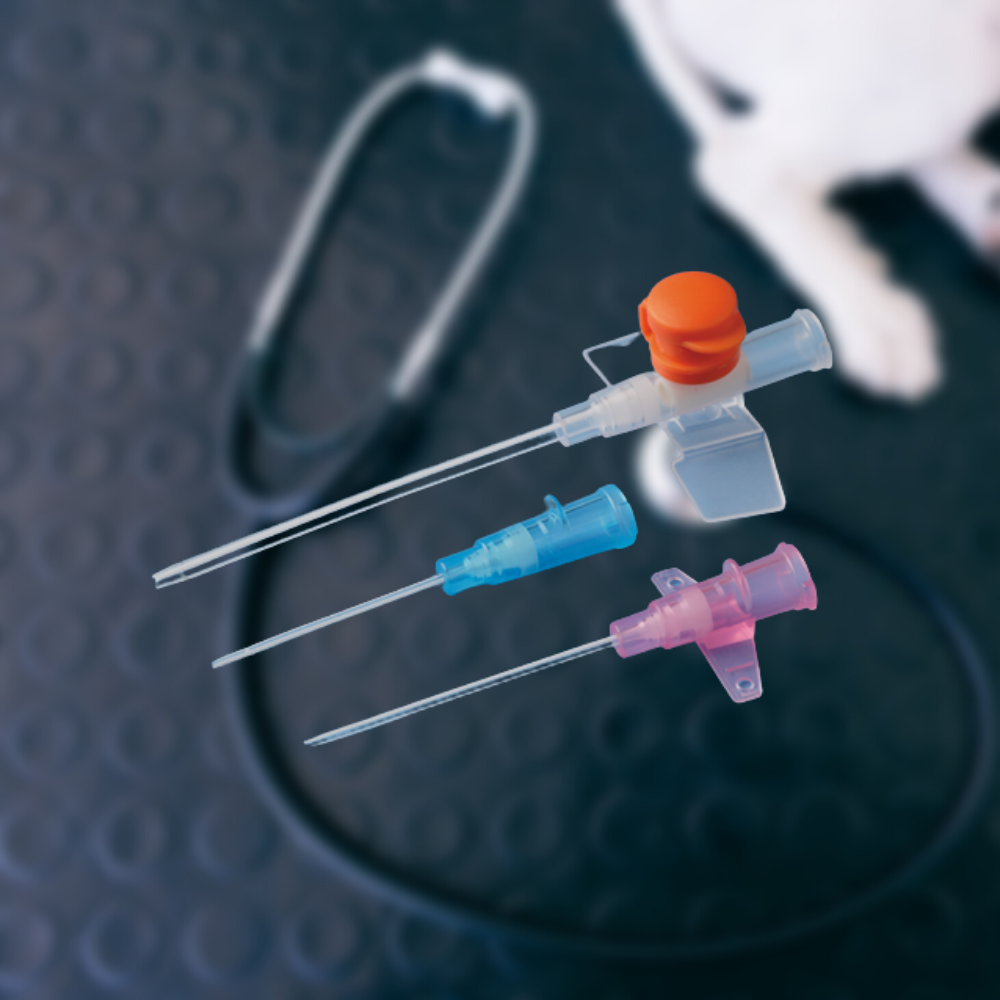Let me start by introducing myself, my name is Michal, I am Veterinary Advisor for Infusion Concepts and I qualified several years ago in Poland. I would rather not tell you the year, as this will make me feel old(ish) and I try to live in denial. Despite working in a variety of practices and learning many new and varied techniques, it still sometimes feels I just started my vet adventures. I guess that happens when one is busy.
Beginning in a veterinary practice
When I was fresh out of the school and into the first practice there were many things I worried about. I am sure this is the case for most, if not all of us. My nemesis was, and sometimes still is, I/V catheter placement. Initially it was not a big issue as I did not have to do them. My practice did not use them routinely and, when they were used, someone else took care of them. The situation changed drastically in my second practice.
Catheters everywhere!!! I confessed to the Head Nurse, that I was not ‘proficient’ in placing them and asked if I could not do them.
I soon realized I was the architect of my own doom. The response from Head Nurse was quick – “Right then lad, we will get you going!” I was made to place (or try to place) a catheter in every patient that needed it. Initially, there was lots of swearing and end cap throwing (still happens occasionally by the way). I’m a purpose-driven person, so I needed to find a goal; ONE HUNDRED successfully placed catheters was it.
I got my hands on an empty medication container and started the count.
When I finally reached the target (does not matter how long it took), I realized that I/V catheters are just something you do – no more or less than that. Now as we all know, sometimes it goes smoothly and at times it can be a source of utter misery (3 in the morning, patient with no veins and no catheter small enough, valves blocking the progression – I am sure this sounds familiar).
That was the time I started to notice I preferred some catheters to others. Working as a locum gave me the opportunity to try many different types and brands (mostly not by choice, may I add). The upside to this was that I very quickly found what is important to me.
What did I learn about my working veterinary practices preferences?
The catheter (stylet) needs to be sharp! It must be smooth and easy to ‘flick’ into the vessel. I am talking about everyday, routine use. Sometimes what we like is less important than other important aspects:
- Patient’s comfort
- Biocompatibility
- Duration of placement
This is where VetCath by Infusion Concepts comes in.

VetCath by Infusion Concepts
Why? Well, for a start I get to choose between two different materials, Teflon or Polyurethane.
View the VetCath products here.
Teflon is the classic catheter material and generally the material that the majority of catheters are made of. It is a very resilient material and has minimal problems with tip fraying.
Polyurethane – this one is an interesting one (if you are a nerd that is – hand up). The polyurethane catheters are smoother and soften with the warmth of the body. I find that it helps to reduce the risk of kinking which often happens with standard material catheters (infusion pumps going crazy every 3 minutes due to HIGH-PRESSURE message). I also think it allows for improved patient comfort. They are smooth to insert, which results in fewer attempts which means less trauma to the vessel.
VetCath catheters come in many hub styles – no wings; wings with suture holes; big soft wings and dedicated injection port – pick and choose.
This is my choice! I hope I managed to get you at least interested and maybe even excited about the VetCath range of catheters.
Infusion Concepts is an exclusive distributor for VetCath in the United Kingdom and offer a ‘Try before you buy’ option which should appeal to those of you that I got interested in our products. It worked for me!
You are welcome to share your stories and comments. Have a good day and thank you for reading.




